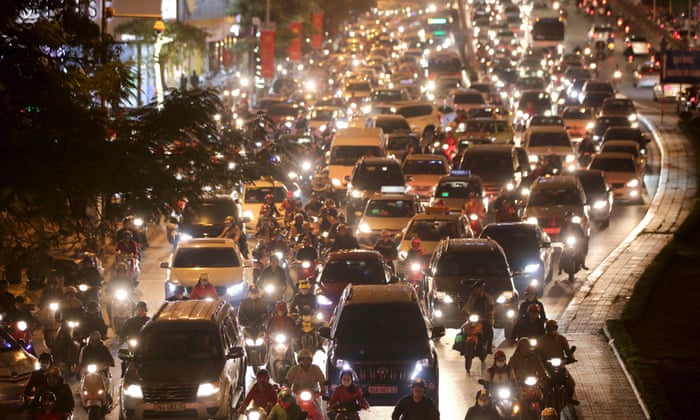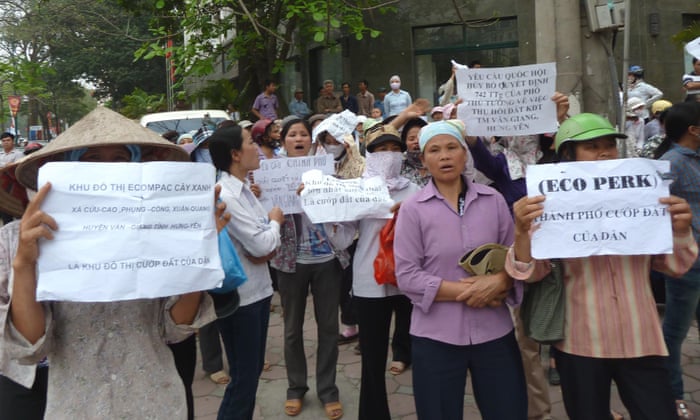AirBnB vs Berlin or the Commodification of the Couch!
The nested relationship of daily life and commodity realm is no news perhaps, especially considering what has been happening in last 30- 40 years globally. Name it neoliberalization or else, it is happening right in the middle of our daily life. It may be tearing down the lives of people who are evicted from their family homes or it may be sneaking in your home more hideously, appropriating and commodifying your couch!
Two brilliant research focusing on this issues has been published: AirBNB vs Berlin and The Commodification of the Couch.
AirBNB vs Berlin
Rents are on the rise in Berlin, and the reasons are manifold. Online portals of the so-called “sharing economy”, such as Airbnb, are marketing to tourists and have proven to be a profitable business. But are they contributing to a shortage in affordable housing? This question has sparked a vivid debate and has polarized opinions. But who is right? A look at the data provides valuable insights. (AirBNB vs. Berlin)
The research argues that although AirBNB-like business marketed as part of sharing economy, it contributes the shortage of affordable houses by letting landlords turn the houses to holiday rentals rather than putting them in the market to rent.
Flats on Airbnb are more and more frequently rented on a commercial level since landlords can make higher profits with short term rentals than with regular tenants. Often very little is left of the platform’s original concept, that consists of “sharing” unused spaces with visitors and possibly establishing a (temporary) personal connection with them (like in a “bed an breakfast”). A good indicator for whether flats are commercially rented is the number of flats offered by a given person. Those who offer more than one room or flat are obviously more likely to do so in order to make money. (AirBNB vs. Berlin)
The numbers are striking! According to 0.4 % of all Berlin flats are in AirBNB list! And berlin is not the only city, of course! In different scales, from Bielefeld to Hamburgh, the chart shows how widespread it is.

The Commodification of the Couch: A Dialectical Analysis of Hospitality Exchange Platforms
The second fascinating research is published by Simon Schöpf, “who continues to believe in making the world a better place, one couch at the time”. Simon focuses on Couchsurfing.org and its transformation from a sharing platform to profit-oriented one.
Online hospitality exchange (HospEx) platforms—essentially facilitating the connection between a traveller and a local resident—embody many of the cyber-utopian promises intrinsic to the Web as it started out 25 years ago. This paper investigates upon the antagonistic struggle between the commons and processes of commodification in the light of critical theory of social media for this niche social networking space and introduces two relevant examples. The biggest of those platforms, Couchsurfing.org, changed its organizational orientation from a non-profit, commons-based project towards a for-profit company in 2011—an instance of commodification. (Schopf 2015)
Well, there is not much to say, but perhaps, we should be aware of the powerful expansive nature of commodification and creative destruction of capitalism.
As Stavridis tells us, even the practices of commoning and resistance can be commodified, unless commoning is constantly produced as a process.













